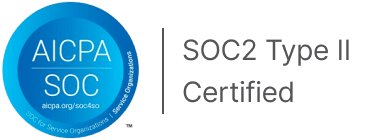Terminated Medicaid Providers by Montana Department of Public Health and Human Services
This page provides a list of healthcare providers who have been terminated from the Medicaid program by the Montana Department of Public Health and Human Services. Termination means these providers are no longer authorized to receive medicaid payments due to various reasons, including violations of regulations or unethical practices.
Mitigate risk with our comprehensive screening solutions for your AML and sanctions compliance.
176 Entities in Terminated Medicaid Providers by Montana Department of Public Health and Human Services
| Entity Name | Entity Type | Effective Date | Status |
|---|---|---|---|
Stanley David | Individual | Aug 27, 2018 | active |
McGree Patrick Joseph | Individual | Jan 19, 2022 | active |
Monahan Mary Schmidt | Individual | Oct 20, 2022 | active |
Morsette Theodora A | Individual | Jun 20, 2016 | active |
Pace Ethan N | Individual | Jul 20, 2011 | active |
Pate Michael W | Individual | Sep 19, 2014 | active |
Pate Nateese | Individual | Sep 19, 2014 | active |
Pickens Cory L | Individual | Jan 1, 2014 | active |
Cox Timothy James | Individual | Feb 20, 2022 | active |
Weller Jennifer Lynn | Individual | May 3, 2019 | active |
FAQs
Why is compliance with Terminated Provider List by Kansas Department of Health and Environment necessary?
Complying with the Terminated Provider List Issued by the Kansas Department of Health and Environment is vital for several reasons. first, this list identifies healthcare providers who have been removed from participating in state-funded health programs. using these providers can lead to serious legal and financial risks for organizations, including potential penalties and loss of funding.
Which companies should comply with Terminated Provider List by Kansas Department of Health and Environment?
The terminated provider list by the Kansas Department of Health and Environment affects healthcare providers, including hospitals, clinics, and individual practitioners. These companies must comply with this list to ensure they do not engage or contract with terminated providers. This helps maintain the quality of care and protects patients from substandard services. Compliance is crucial for regulatory adherence and funding eligibility.
APIs
Data License
Solutions
Pricing
















